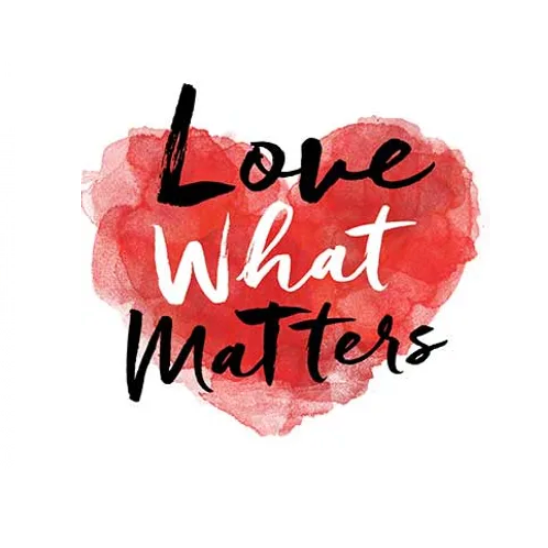Loving One's Self
Ah, falling in love... Many of us have been there. Do you remember a time when you fell in love? How did it make you feel? I'll take a guess and say that you probably said "wonderful," "amazing" and "exciting," and that you thought very affectionately of that person. Am I right? Now, what if I told you that that person, that other person, that you fell in love with and thought so fondly of, could—and should—be you ? That's right—you. Have you fallen in love with yourself? Do you think of yourself and think of those words—wonderful, beautiful and exciting? If you don't, then this is for you. Loving yourself is the key to a more beautiful life.
I know, I know; it's easier said than done. I've been there too; that place where you look at yourself in the mirror and nothing but criticism, hatred and reject reflects back at you. Oh, do I ever know how hard it is to love yourself. But let's dive into this, shall we?
One of the things in my life that I struggled with was hating myself. Hating my body, my voice and my looks. In such a state, it would be easy to blame it on how I was raised or on what people have said to me over the years. It would be even easier to blame it on all the bad things my health has put me through, instead of loving my body for how strong and resilient it's been and that it's still holding on. But at the end of the day, hating me simply meant I had fallen out of love with myself. I didn't allow my body to do what it needed to do; I didn't give it the grace, love and time it needed to heal. Now think about this: if that body had been somebody else's, I would have told them to rest and take it easy on themselves. So why was I not taking my own advice and being kind to myself like I would be to a loved one? Much of that has to do with the crazy expectations of ourselves, and some placed on us by others. The idea that if you don't do this or think like that, you're not good enough. That in order to be loved, people have to need you and you have to have all these things. And when life doesn't meet those expectations, you stop loving yourself because you've disappointed yourself. You never feel loved because you've handed the power over to everyone outside of you. You've given it away. If you need to feel wanted and accepted to feel loved, you are waiting for actions that happen to you. This means that somebody else has to step up and you're imposing heavy unspoken rules on people. So, how do you reconcile those feelings of hatred and turn them into love? Take back your power. Disconnect and reconnect. Gently press the reset button with a curious and open mind. Most of all, stop beating down on yourself. Instead of criticizing yourself, take a small step and think of a positive thing about yourself each day, like "hey, you're cute. I like that messy bun. Nice shirt! You've got this. You're good!" and eventually, you will start believing yourself. The day that I was able to look at myself in the mirror and say "I love you" was monumental. It's impacted my life for the better. Sometimes that comes across as arrogance and conceit, when in reality it's a deep confidence in myself, who I am and what I can do. The confidence to do what is good for me , and to listen to my own needs as opposed to what others think I should be. So, what if we actually loved ourselves? Maybe we don't like all the parts of us. But what if we actually, truly loved ourselves? Would we eat differently? Would we walk with our shoulders held high? The answer is yes. We would treat ourselves differently. We would demand more out of, and fight harder for, relationships. We would have healthier boundaries with people. We would lead happier lives. You should try it—it's worth it.
#selflove #selfcare #mindfulness #reconnect #youareworthit #love #confidence












